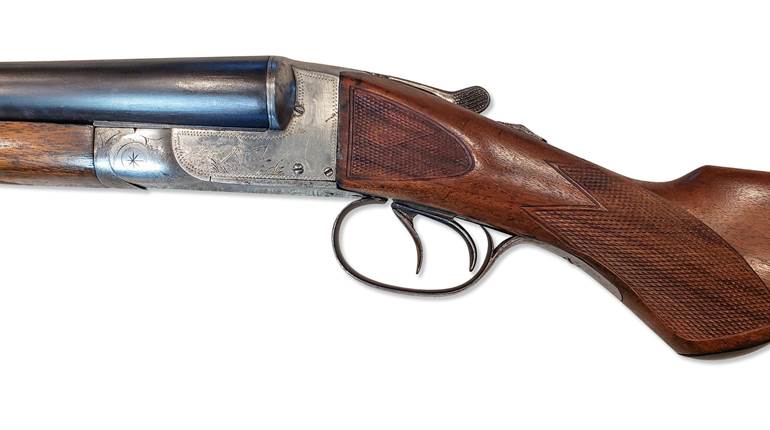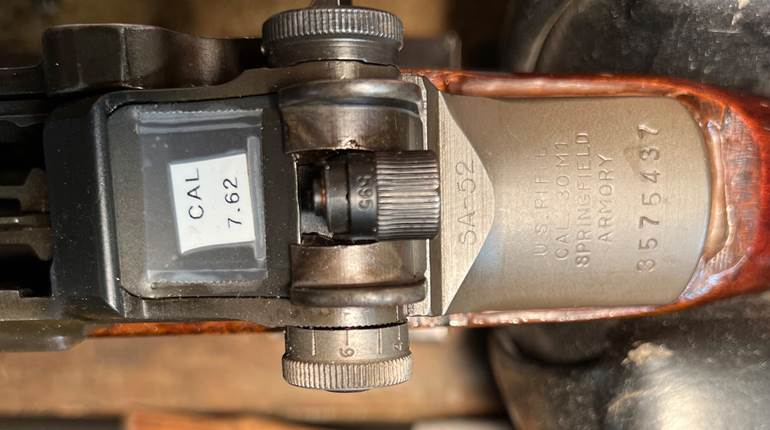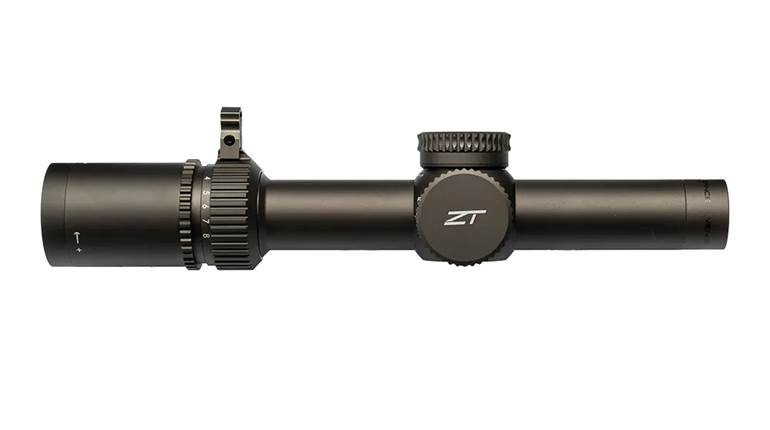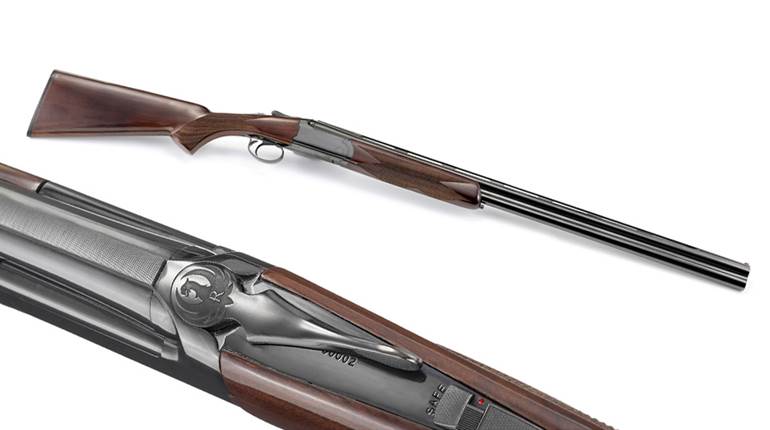
Q: Some 70 years ago, or so, I was introduced to Hoppe’s No. 9 solvent and related products. A fellow shooter mentioned that I should try an alternative method for cleaning semi-automatic pistols: fieldstrip, spray parts with WD-40, drip dry, wipe and reassemble; no cleaning rods, patches or brushes required. Does this sound right to you?
A: I have used WD-40 as an aid to professional firearm cleaning for many decades. It is relatively inexpensive, readily available, breaks down dirt and softens rust, helping with its removal. But, in my opinion, it does only a fair job as a preservative. 
Again, in my opinion, it is not an effective lubricant for firearms for myriad reasons, but particularly in the case of assemblies that are not disassembled under normal maintenance, such as bolt assemblies, cylinder assemblies and trigger assemblies. I find that WD-40 gets between close-fitting components and then turns into something resembling varnish, essentially gluing the parts together. When that happens, the tendency is to spray the offending components with more WD-40 to loosen them up. All is well until the next time the gun is fired.
If a quick method of cleaning appeals to you, there are other aerosol products better-suited for firearms and moving parts, such as Gun Medic Quick Fix from your trusted brand, Hoppe’s (hoppes.com/gunmedic).
--John W. Treakle






















![Winchester Comm[94]](/media/1mleusmd/winchester-comm-94.jpg?anchor=center&mode=crop&width=770&height=430&rnd=134090756537800000&quality=60)
![Winchester Comm[94]](/media/1mleusmd/winchester-comm-94.jpg?anchor=center&mode=crop&width=150&height=150&rnd=134090756537800000&quality=60)












